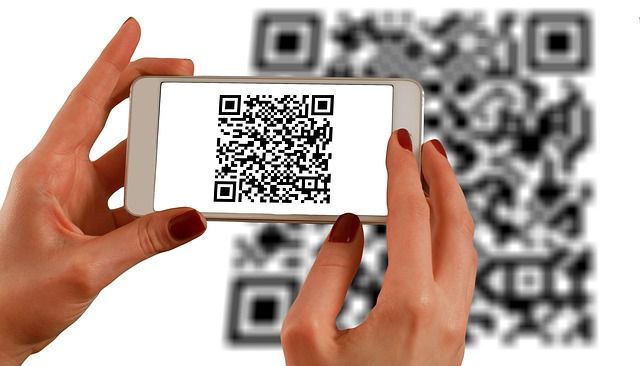I'm reading a good book called Disrupting Class: How Disruptive Innovation Will Change the Way the World Learns by Harvard Business Professor Clayton Christensen. His previous books introduced the idea of "disruptive innovation." Think about the computer revolution, and how Apple's personal computers of the 1980s and '90s disrupted IBM's mainframe computers (which filled entire rooms) and Digital Equipment Corporation's minicomputers (which, though smaller than mainframes, still cost $200,000) of the 1950s and '60s. He explains,
a disruptive innovation is not a breakthrough improvement. Instead of sustaining the traditional improvement trajectory in the established plane of competition, it disrupts the trajectory by bringing to the market a product or service that actually is not as good as what companies historically had been selling... by making the product affordable and simple to use, the disruptive innovation benefits people who had been unable to consume... people we call "non-consumers."Christensen goes on to explain several other interesting points. For one, disruptive innovations take root in simple, undemanding applications, where definitions of quality and improvement mean very different things (the PC was not as big or powerful as minicomputers, but they were way less expensive and easy to use, thus creating demand in a market that was never there). Secondly, think about what society has determined to be the purpose of schools, and note the different metrics that we use to define quality and improvement:
- Job #1: Preserve the democracy and inculcate democratic values. Along with teaching reading, writing, and arithmetic, early educators taught ethics and morals through mostly Greek and Roman history. School was not for everyone, but rather to assimilate everyone into American values and culture.
- Job #2: Provide something for every student. Honors courses, APs, special education classes, ESL education, vocational studies, and extracurricular activities expanded to provide something for everyone. Schools could no longer be de jure separate but equal after the Supreme Court's 1954 decision in Brown v. Board of Education. (Although by all accounts they were - and many still remain today - de facto separate but equal.)
- Job #3: Keep America competitive. The landmark 1983 report by the National Commission on Excellence in Education, "A Nation At Risk," began solemnly: "Our Nation is at risk. Our once unchallenged preeminence in commerce, industry, science, and technological innovation is being overtaken by competitors throughout the world." The report said the United States was losing ground to the Japanese and Europeans, and as evidence, cited data showing subpar performance on standardized tests.
- Job #4: Eliminate poverty. The passage of the No Child Left Behind Act in 2001 no longer made it good enough to raise average test scores. Individual metrics had to rise as well: for low-income students, minority students, ESL students, students with documented learning differences, and more. The goal posts were moved yet again.
My final point: tutoring doesn't have to be limited to the wealthy. In fact, by some estimates, I've heard of schools that claim 60% of their students have tutors (I'd say 15-20% is more accurate across your average school, if there is such a thing). In any case, tutors cater to the individual needs of their students - so whether they're studying for an AP exam (that their school doesn't offer), writing an essay for their college application (that their college counselor doesn't have time to read), or trying to understand the difference between sine, cosine, or tangent (because their teacher has a class of 30 students and it's tough for even the best teacher to reach all 30 kids), a tutor can focus on student-centric learning. Eventually, education companies will develop creative software that adapts to students' learning styles (see the Florida Virtual School and Apex Learning) and questions answered (see Knewton and Grockit, or anyone who's ever taken the GRE). I still maintain that Web 2.0 is only half the picture - in Tutorpedia's hybrid tutoring model, you work with a tutor to deliver the maximum potential of student-centered technology - someone who can cater to individual learning styles and abilities, all through personal relationships and shared experiences.








No comments:
Post a Comment